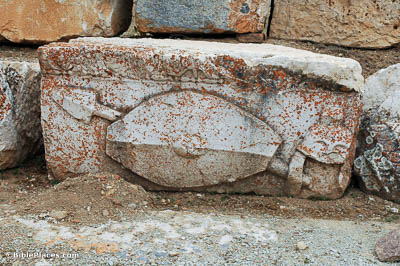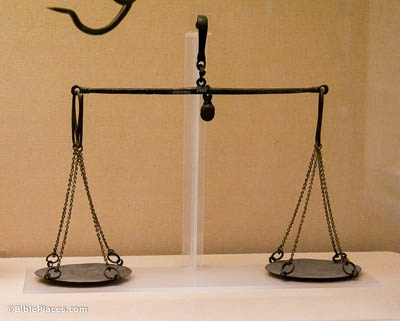We urge you not to receive the grace of God in vain (2 Corinthians 6:1).
The word “vain” refers to something that is devoid of value, being without purpose or result. The massive obelisk shown here was never completed, likely because it developed a crack (visible toward the top) that made it unusable. Having been rejected, it was abandoned in the quarry. The unfinished obelisk is nearly a third larger than any ancient Egyptian obelisk ever erected. If finished, it would have measured around 138 feet (42 m) in height.





